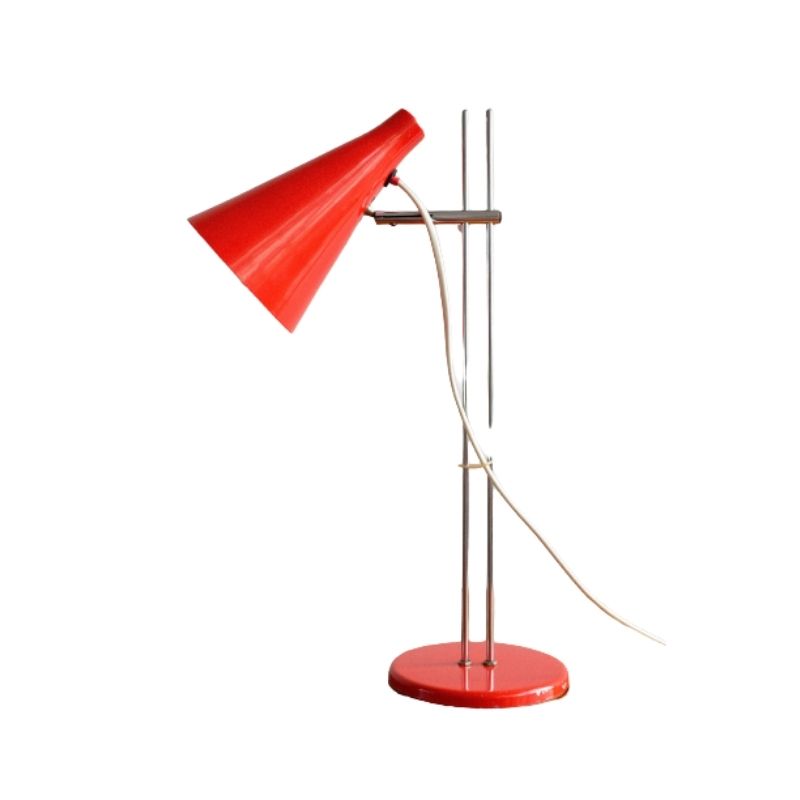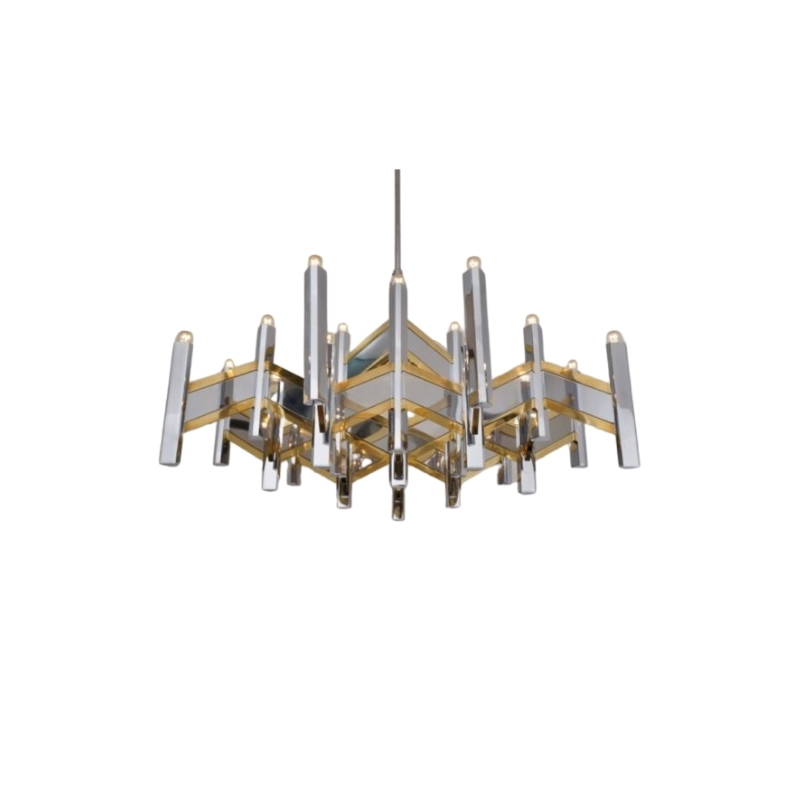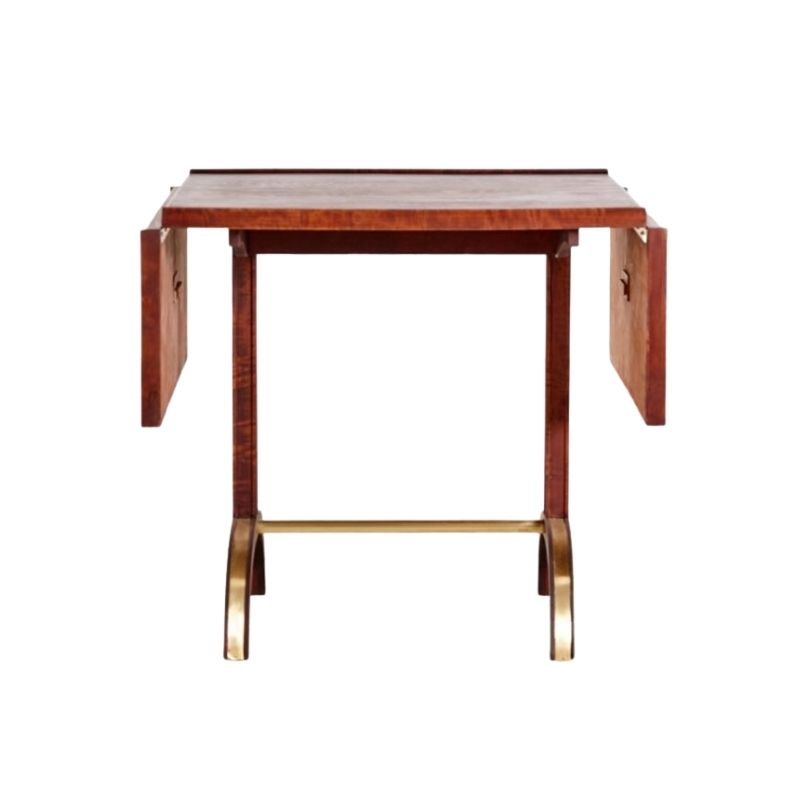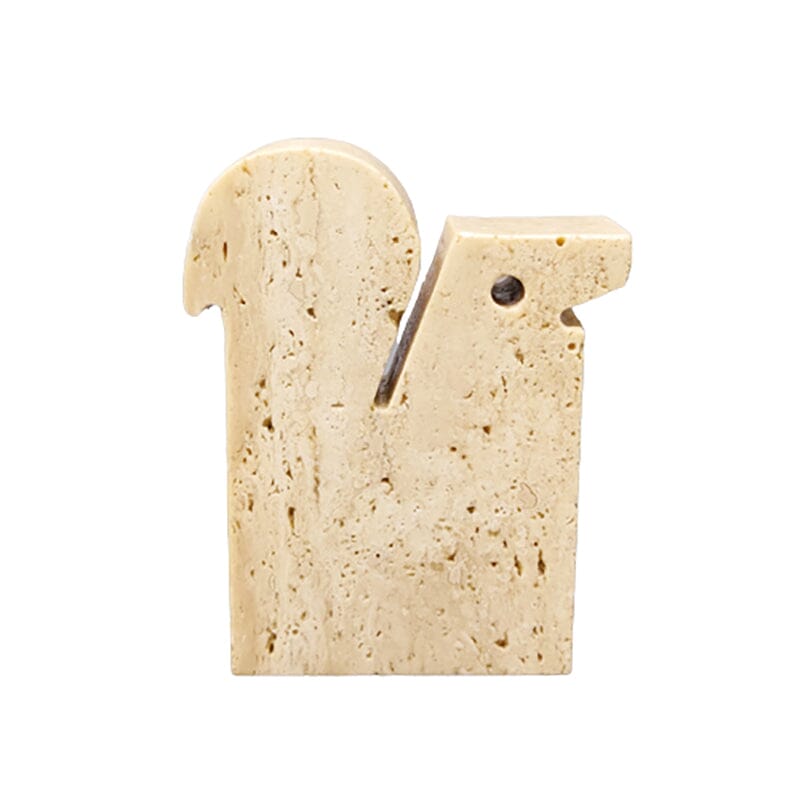...for the giant brains of DA Forum:
A large "staved" (as they say in Dansk-speak) salad bowl has developed a
very narrow (a few human hairs wide) separation between the segments
that make up its rim. Wood species unknown, possibly walnut (that color, anyway). Crack stretches vertically perhaps 3/4 inch down the side of
the bowl.
Should I:
(a) try to fill the crack with something? If so, what?
(b) try to inject glue into the crack and attempt to clamp the rim together
until glue sets?
(c) do nothing? (Damage is invisible from two feet away.)
Bowl has never been oiled, so adhesives may stick. But probably should
be oiled after repairs (if any), correct?
Thanks.
If you can get a decent thin syrnge (they're hard to find, these days)
then I'd try gluing the crack with woodworkers glue. (If the glue doesn't run loose enough to dispense through the syringe, then run very warm water over the plastic bottle of glue, which should soften it up.)
You will have to clamp the bowl - but remember, those woodworking clamps that opens wide enough to encompass your bowl are expensive...possibily too much of an investment for a single use like this.
If you wipe off the excess glue right away, even if the gluing doesn't work, you won't ruin the bowl....so if you can, give it a try.
There's
not much use in clamping an open joint if that opening is the result of wood shrinkage, rather than wood movement. In which direction does the joint run, relative to the shape of the bowl ? If the staves are truly radial, I wouldn't try to close the gap, I think. If the bowl was turned from a stack of timber, clamping might help. But a short crack just down from the rim is probably due to wood shrinkage. A clamp cannot move the wood in this case.
Titebond III is the newest of Franklin's varieties; it is waterproof and gap-filling (i.e., it shrinks little while setting) and dries light brown rather than yellow. You can smear a little on both sides of a scrap of paper, and use that to introduce glue into the crack. Mask the wood on either side of the gap with tape, and use your fingers and the paper method until the gap is filled. Support the bowl upside down, so that gravity will help to keep the glue at the surface of the bowl, as it sets. A second application may be necessary to fill up any remaining divots. Use a razor blade or 150 grit sandpaper to shave off high spots if they remain after the masking tape is removed.
If the gap has been open while the bowl has been in use and food, salad oil, detergent, etc have gotten into the crack, the glue may not adhere satisfactorily. A strip of the thinnest sandpaper, stretched tight and held straight, with the bowl kept perfectly stationary, could be sawed into the slot first to clean it somewhat.
.
By "wood movement" I mean the growing and shrinking of wood, caused by taking on and giving up moisture -- as opposed to warpage (bending) caused by inequal distribution of moisture content, or by inherent stresses that are released when wood is cut, or when a glue joint finally lets go.
If you need any help, please contact us at – info@designaddict.com









